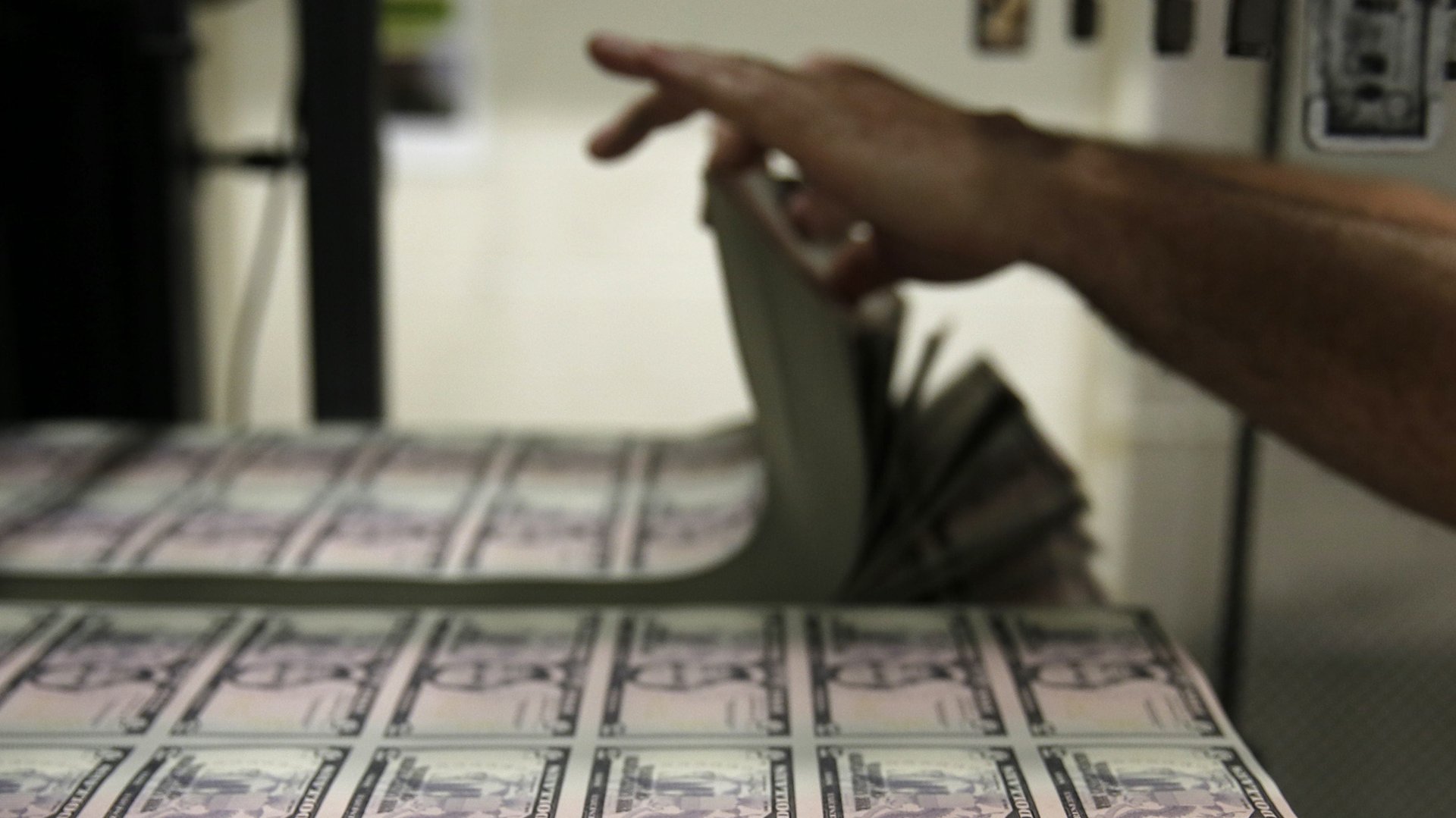Americans are hoarding cash because of Covid-19
The coronavirus pandemic has been a boon for digital payments, inspiring legions of people to buy more things online and to use contactless payments. But the pandemic has also cemented cash’s importance as a store of value.


The coronavirus pandemic has been a boon for digital payments, inspiring legions of people to buy more things online and to use contactless payments. But the pandemic has also cemented cash’s importance as a store of value.
On average, the amount of bills and coins people carried increased 17% from before the pandemic to $81, according to a comparison of Federal Reserve Bank of San Francisco surveys in October 2019 and May 2020. The amount of physical money people held at home or at their office nearly doubled, rising to an average of $483 in May from $257 in October.
There could be several explanations for these changes. For a lot of people, the lockdowns and social distancing measures this year meant there were fewer opportunities to buy things, which probably increased the average amount of money people have in savings, and likely boosted their personal cash holdings as well. A relatively small number of people may have hoarded large amounts of paper notes and coins, potentially distorting the averages.
But the data also suggests that old fashioned paper money has kept its allure amid rising social and economic turmoil. “The degree to which individuals who withdrew extra cash increased their storage may point to the relief cash can offer in times of uncertainty and to its role as a contingency payment method,” Fed researchers Laura Kim, Raynil Kumar, and Shaun O’Brien wrote. “Our current information demonstrates that transactional use of cash has decreased and its role as a store of value has increased.”